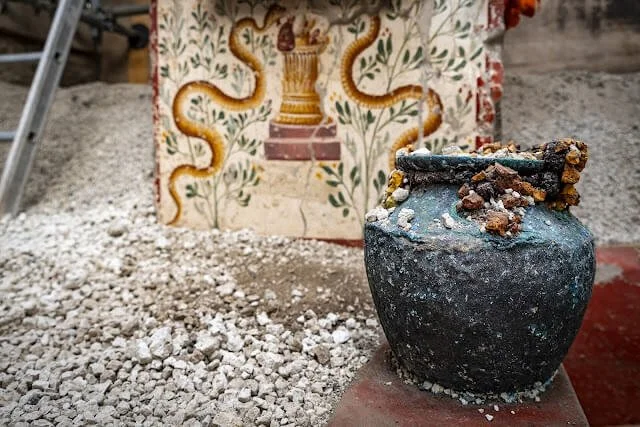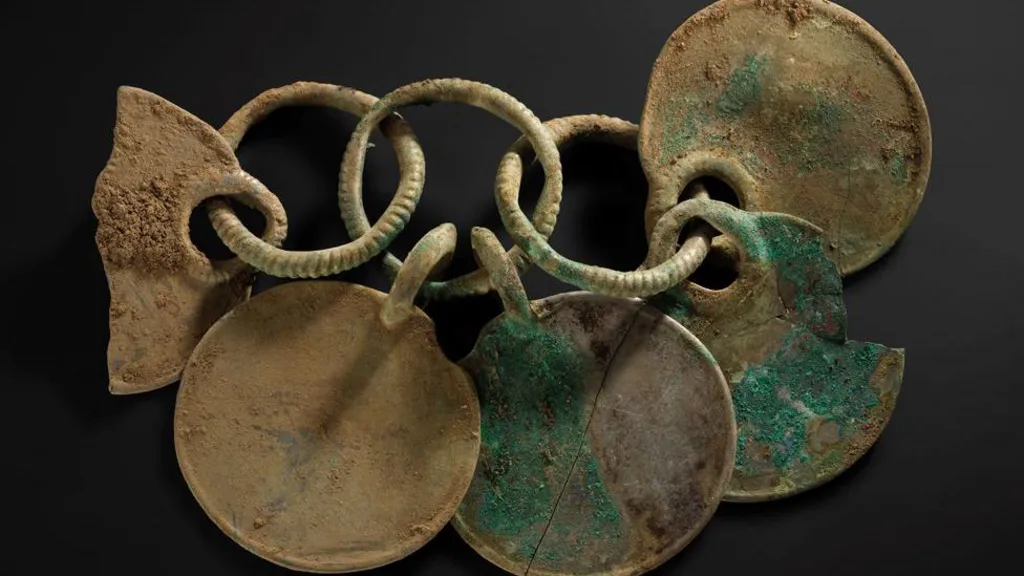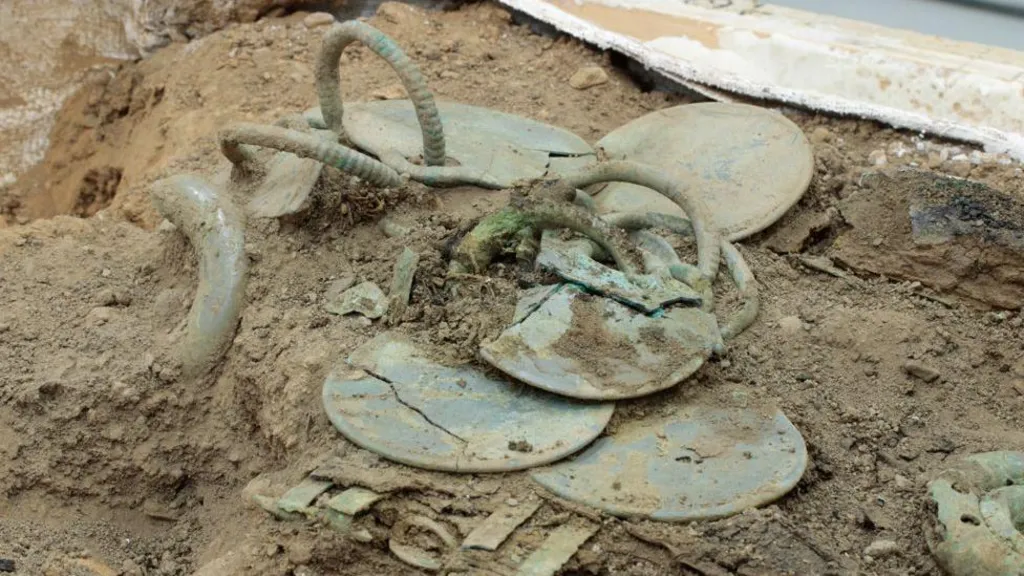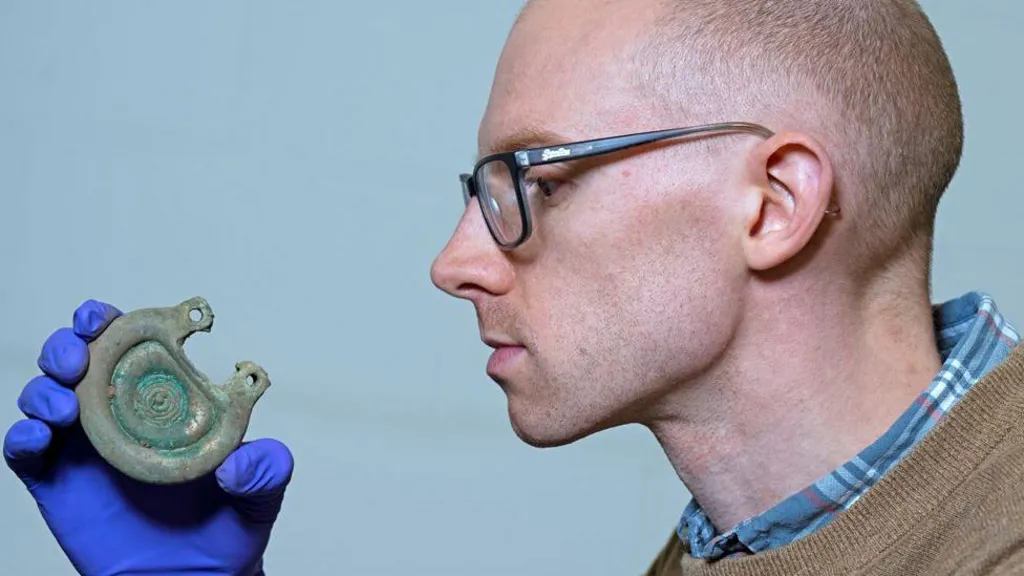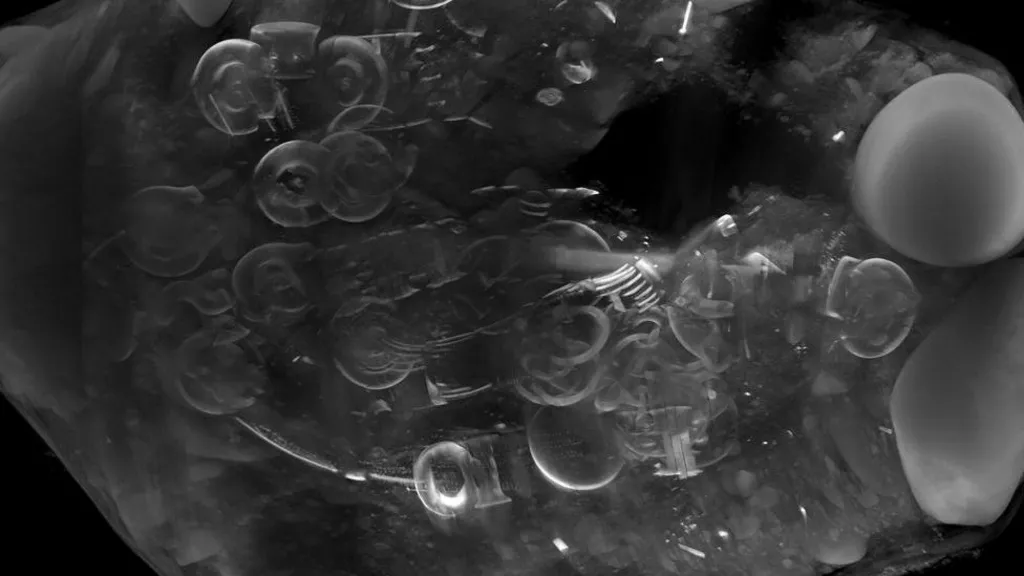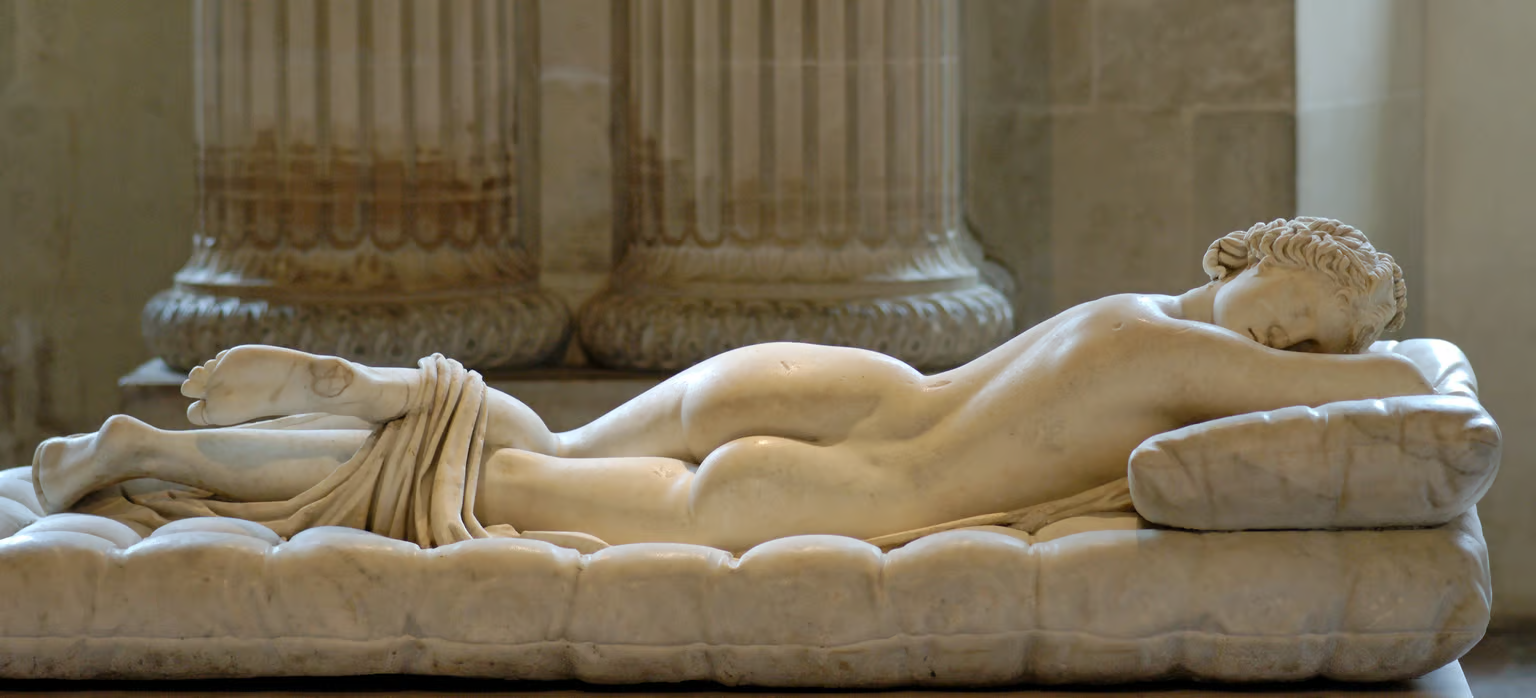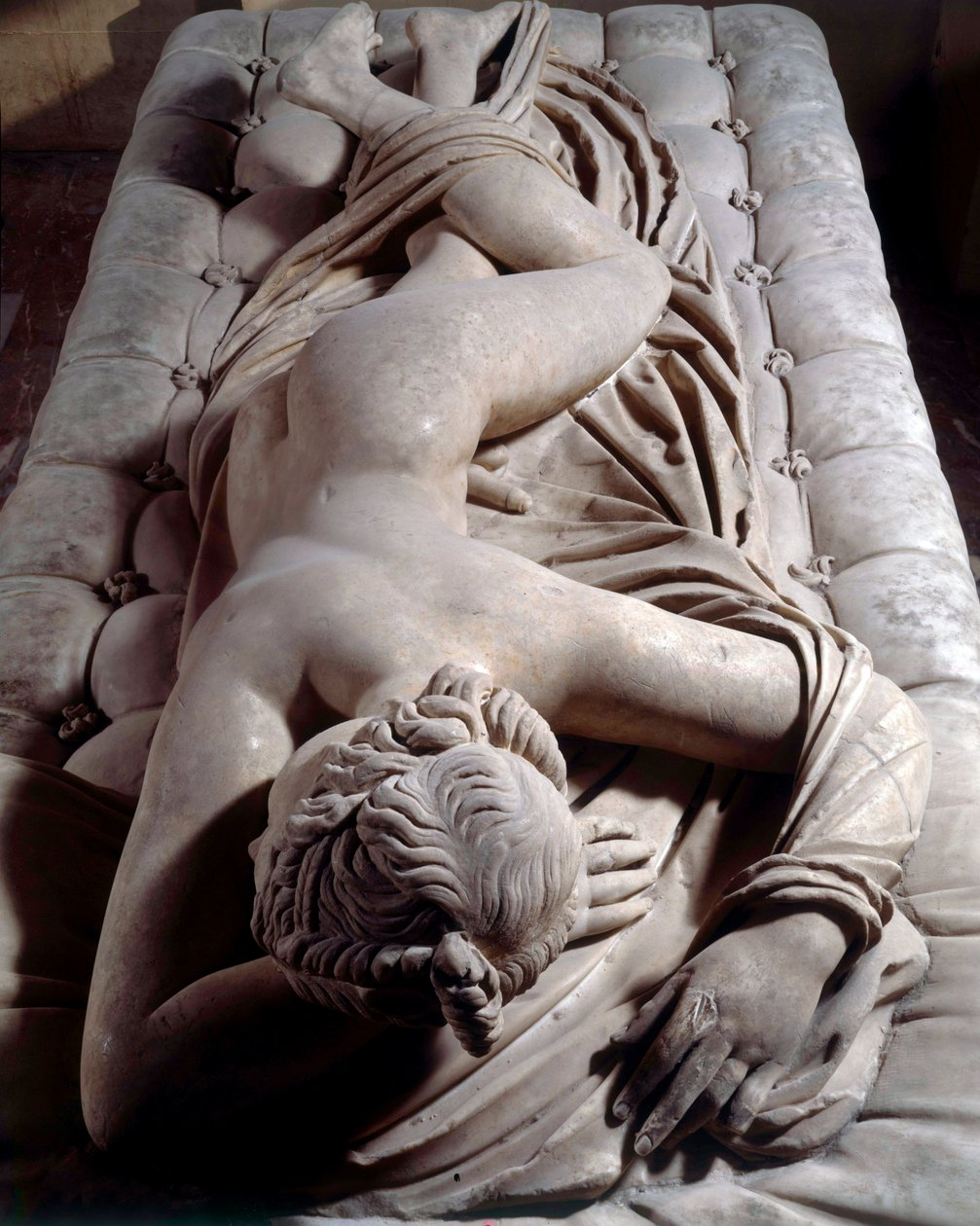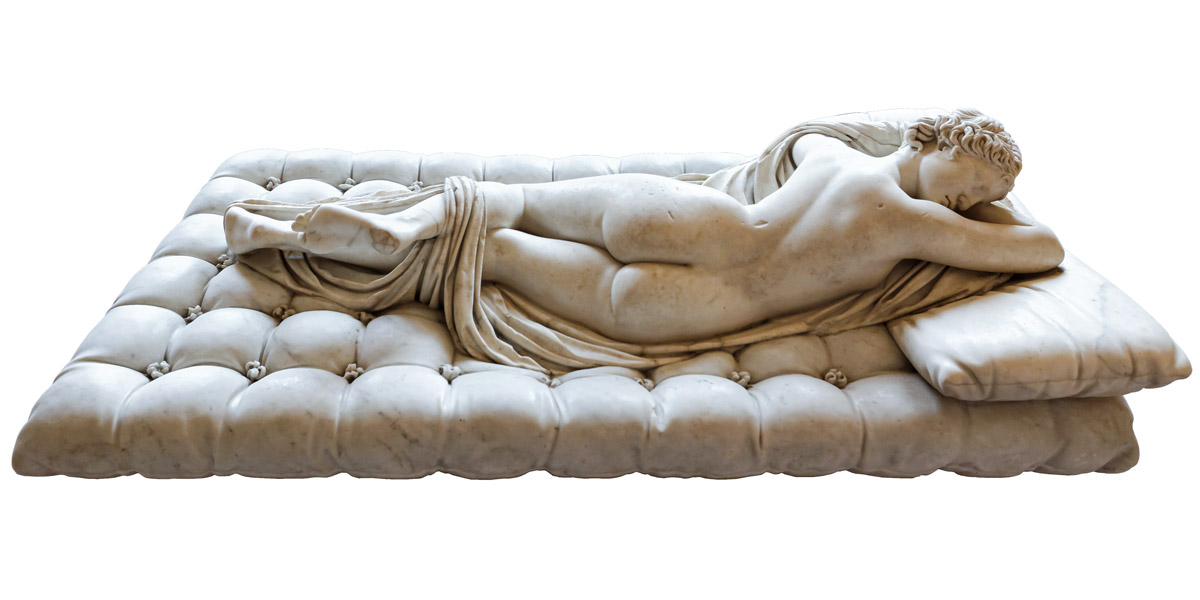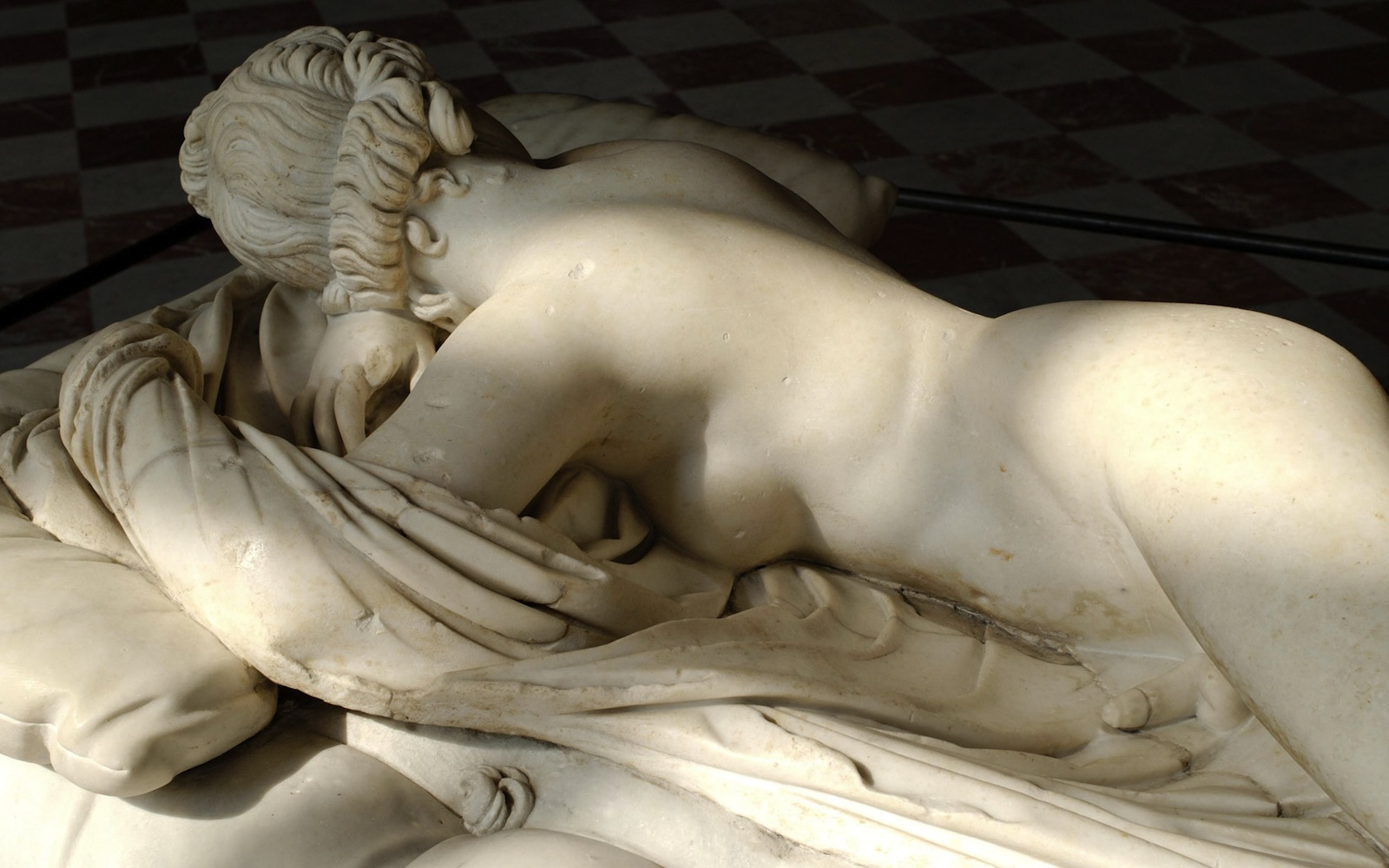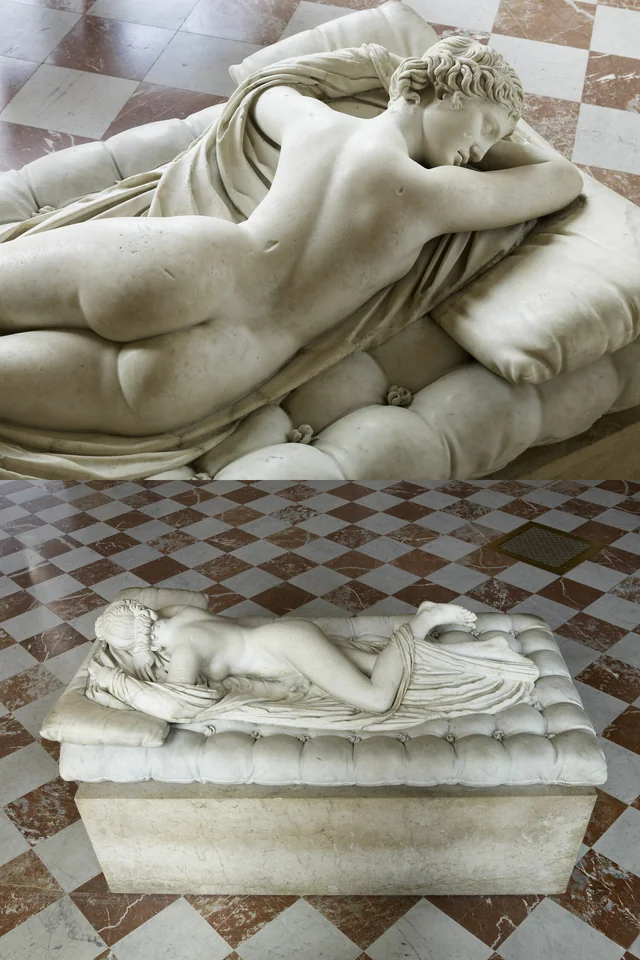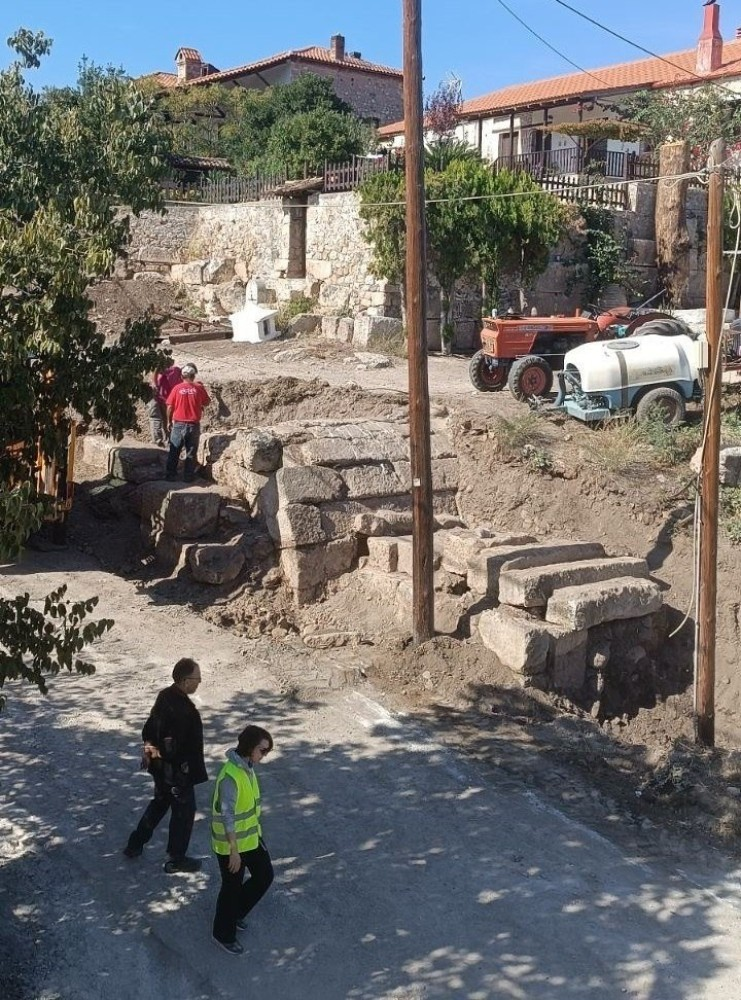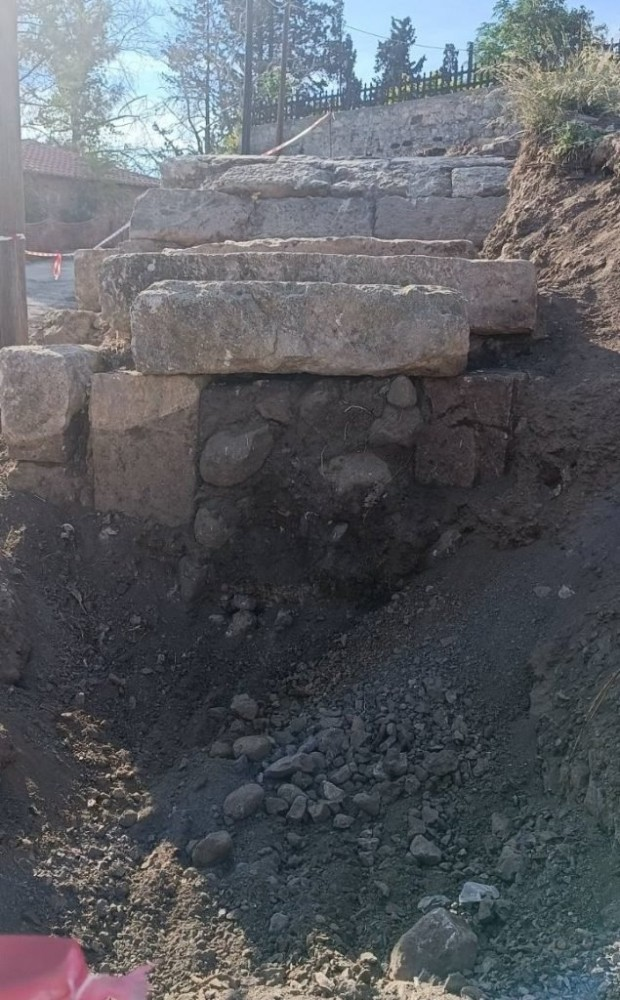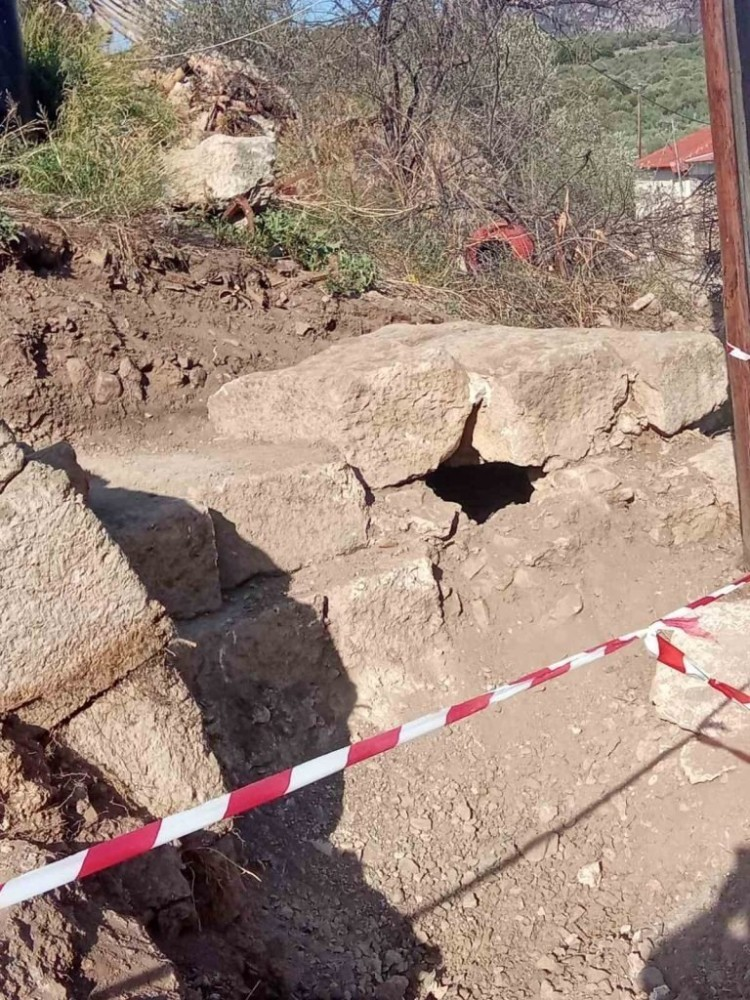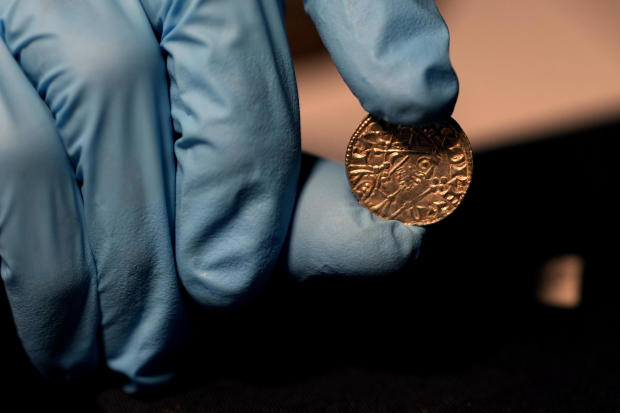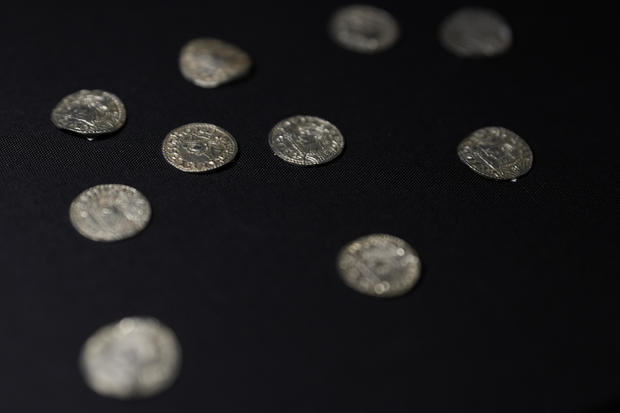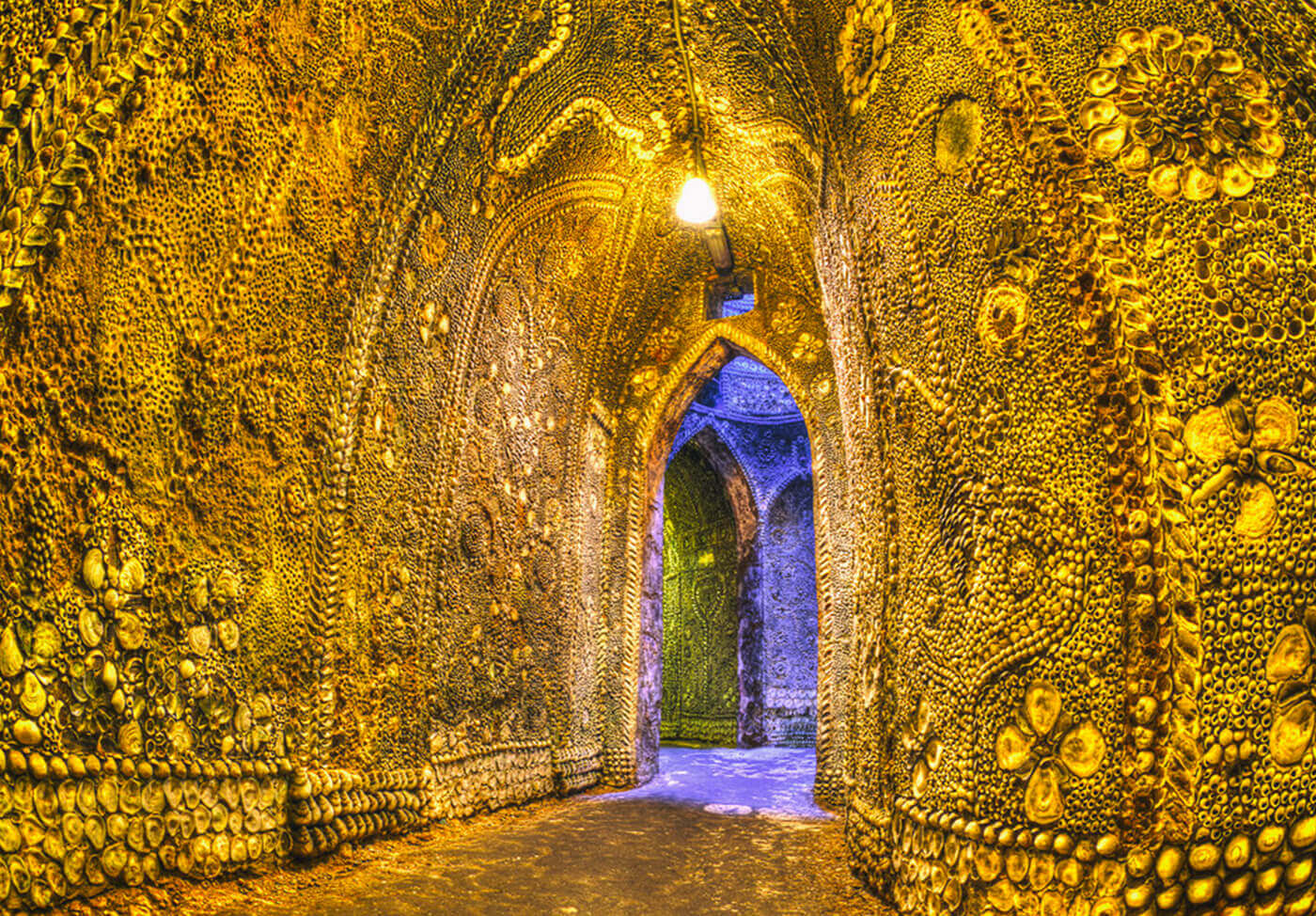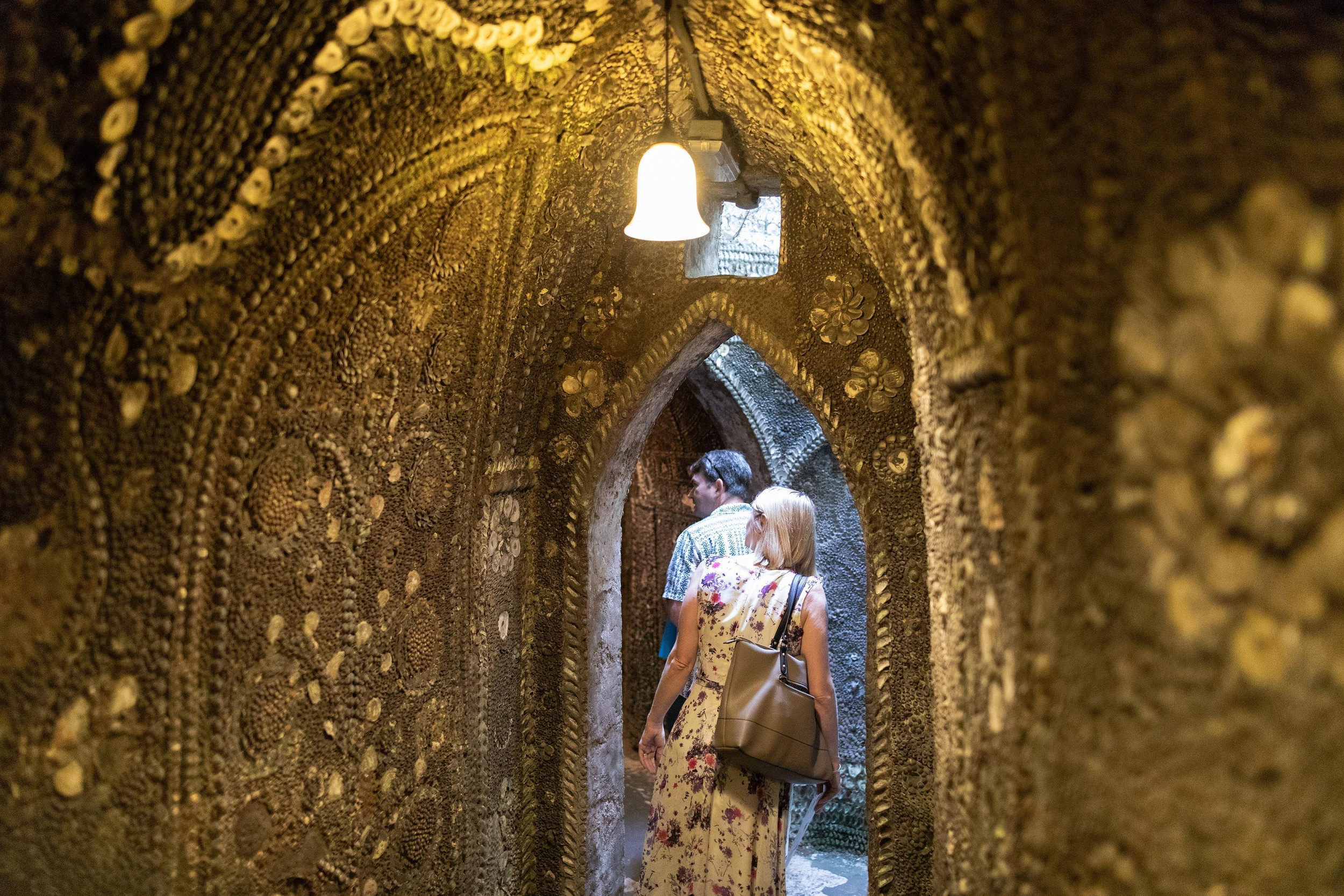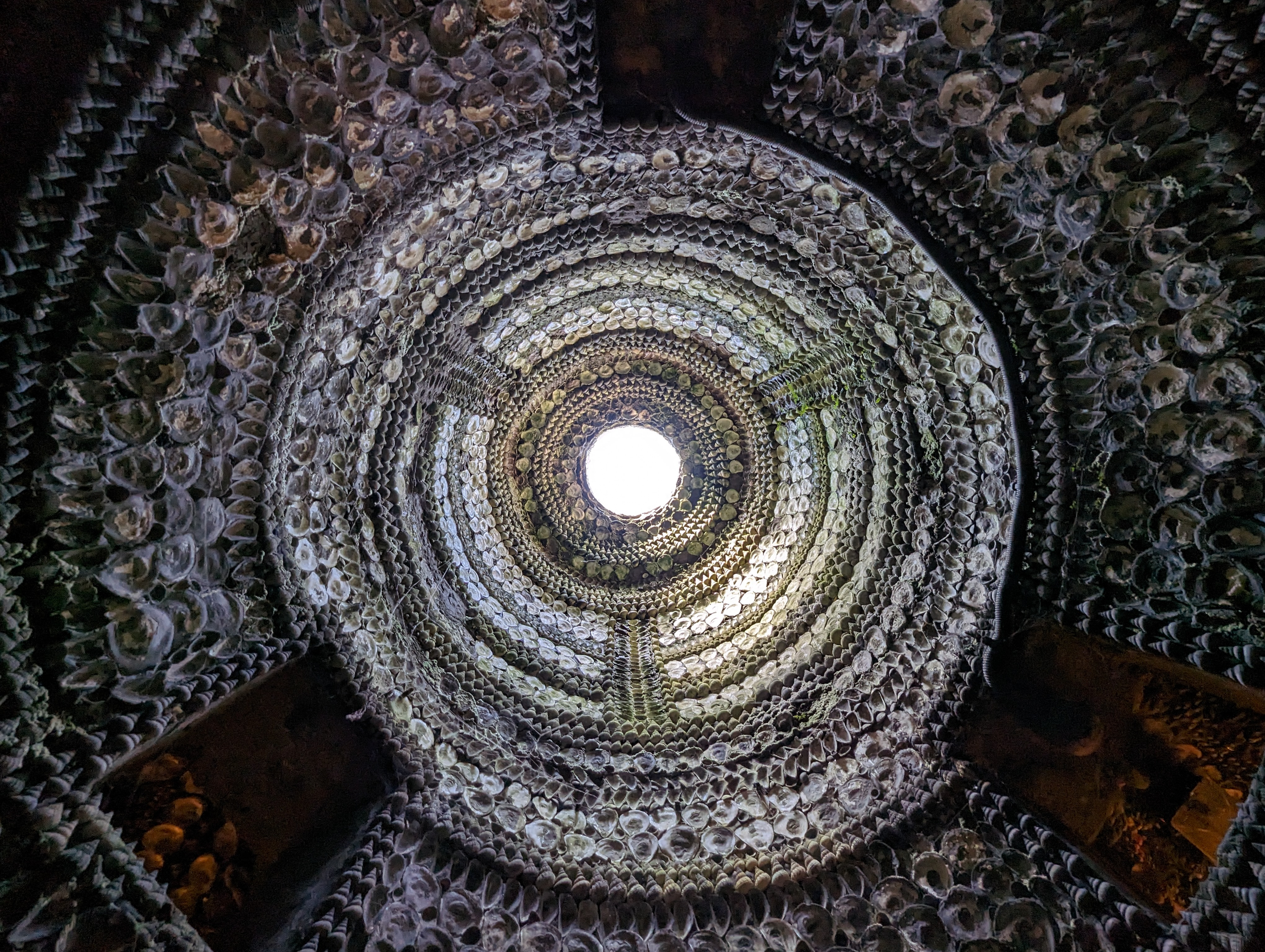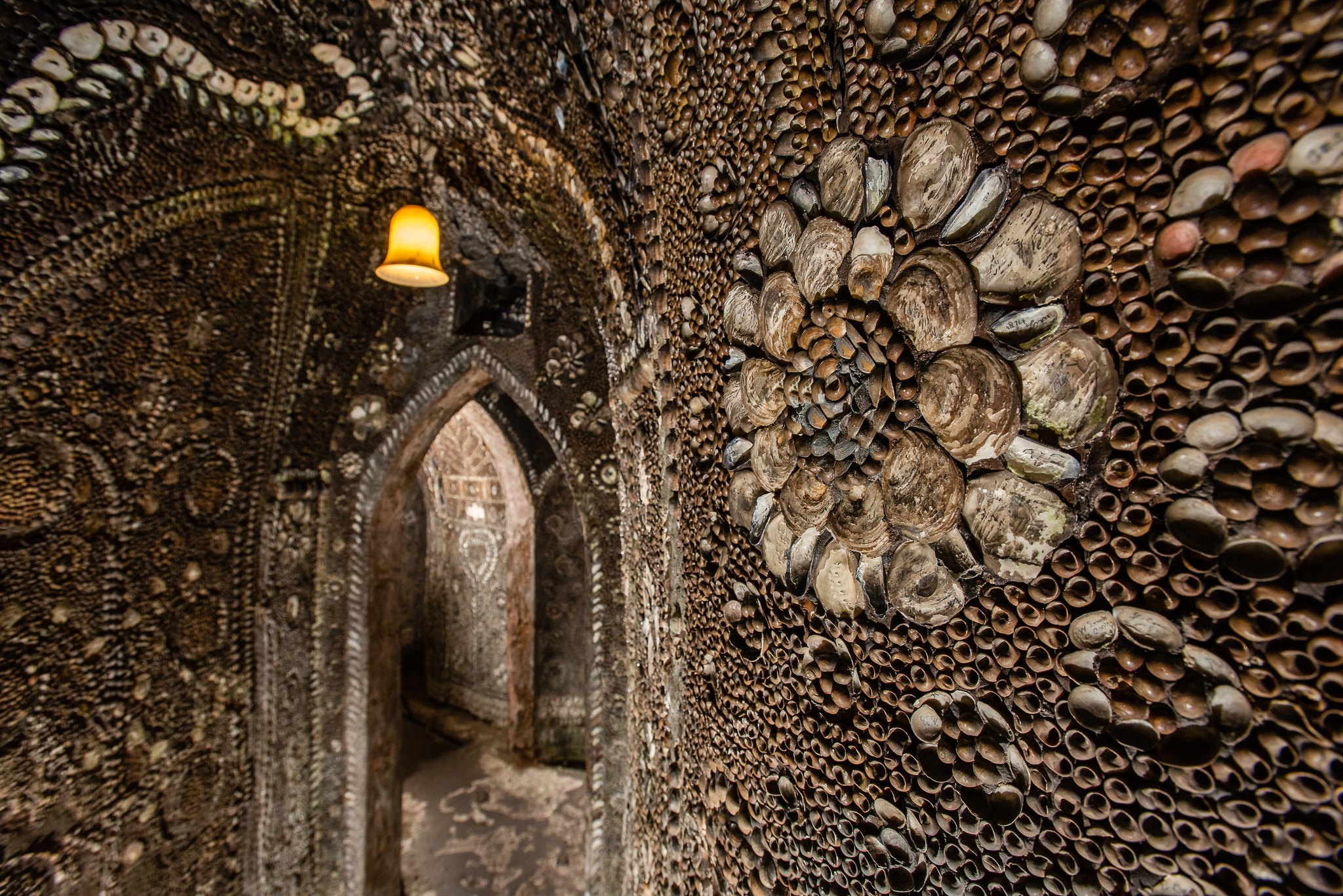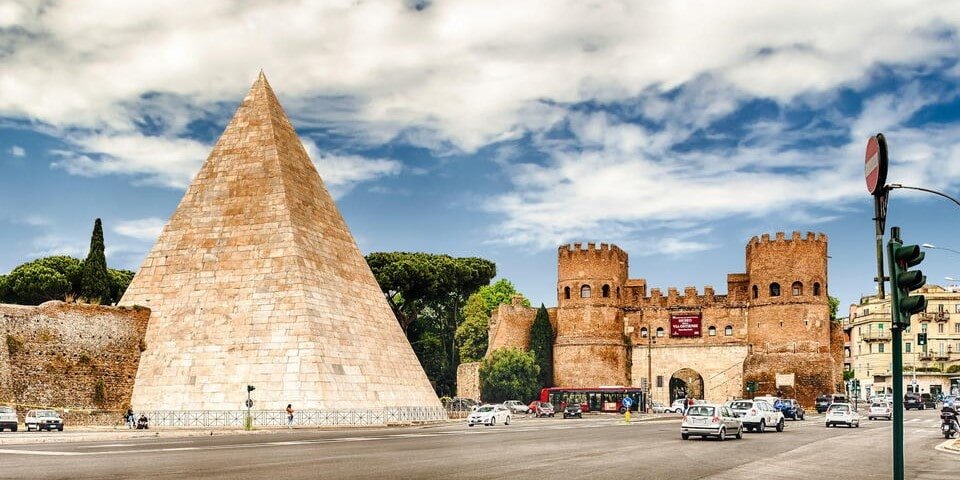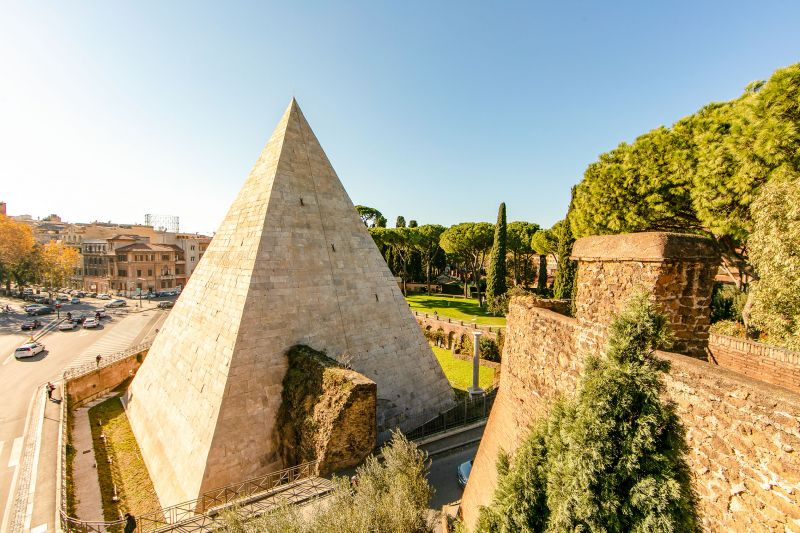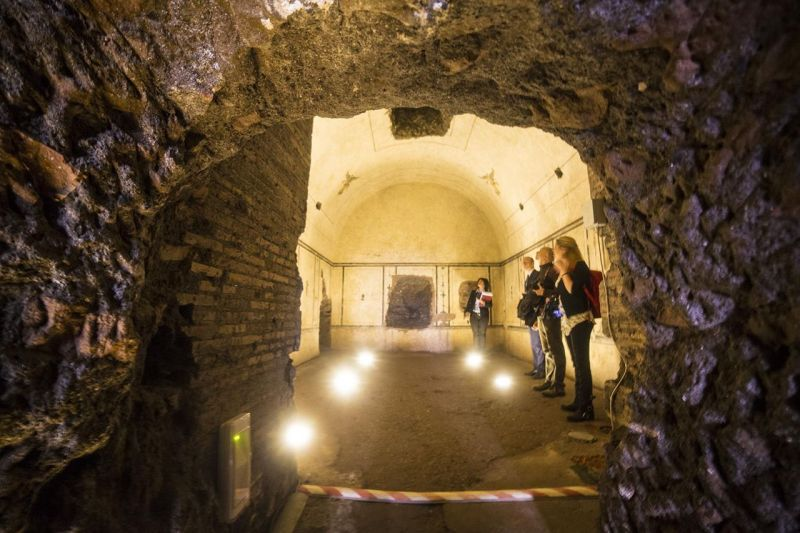In a bog near the small northern German town of Osterby, preserved against time and the elements, lies one of the most fascinating remnants of ancient Germanic culture: the Suebi knot. This hairstyle, sported by the Suebi—a group of Germanic warriors from the Baltic region—has captivated archaeologists, historians, and enthusiasts of ancient cultures for decades. A seemingly simple hair knot, it has withstood the test of two millennia, preserving a connection to a civilization defined by strength, social stratification, and martial prowess.
The Significance of the Suebi Knot
The Suebi knot was more than a hairstyle; it was a symbol steeped in meaning. For the Suebi people, styling the hair by parting it into two locks tied at the sides of the head carried significance that went far beyond personal vanity. Reserved solely for warriors and nobles, the knot became a powerful emblem of rank, valor, and the fierce warrior culture that underpinned Suebi society. To wear the Suebi knot was to declare one’s status and strength, serving both as a social marker and a tool of intimidation against enemies.
This hairstyle also speaks volumes about the complex structure of Suebi society. Unlike some other ancient tribes where social distinctions were less visible, the Suebi’s style of hair symbolized a rigid social order where only individuals of certain stature could wear the knot. Common folk or lower-ranked individuals were not permitted to don this hairstyle, reinforcing the Suebi’s warrior-centric identity and the value placed on martial skill and noble lineage.
The Discovery of the Osterby Man
The most striking and well-preserved example of the Suebi knot was discovered by chance in 1948. Local peat diggers working near Osterby unearthed a skull with reddish hair, styled in the characteristic Suebi knot, which had astonishingly survived the wear of time and weather. The acids naturally present in the peat bog had preserved the head, creating an almost mummified effect known as a “bog body,” or “swamp mummy.”
Dating back to between 75 and 130 AD, the Osterby Man’s head stands as a testament to the durability of this hairstyle and offers a unique glimpse into Suebi life. The reddish color of his hair is thought to be the result of centuries of exposure to the acidic bog environment. Despite the passage of nearly two thousand years, the Suebi knot remains impeccably styled on the Osterby Man’s head, offering an incredibly well-preserved image of this ancient warrior tradition.
Bog Bodies and Their Archaeological Significance
Bog bodies are one of archaeology’s most intriguing phenomena. Bodies preserved in bogs, or “peat bogs,” undergo a unique form of preservation due to the combination of acidic water, low temperature, and lack of oxygen. This combination prevents the growth of bacteria that would typically decompose a body, preserving both organic and inorganic materials in a way that has fascinated scientists for centuries. Northern Europe is particularly known for its bog bodies, with notable examples including the Tollund Man in Denmark and Lindow Man in England.
These bog bodies provide unparalleled insights into ancient life, and the Osterby Man is no exception. Unlike most other bog bodies, which are fully preserved, only the head of the Osterby Man remains. Nonetheless, this single, well-preserved head has given historians and archaeologists invaluable clues about Suebi culture, customs, and the importance of warrior identity in their society.
The Suebi Knot as a Cultural Artifact
For archaeologists, the Suebi knot represents more than a relic of personal grooming—it is a historical artifact that communicates layers of social, cultural, and martial significance. To recreate the Suebi knot, the Suebi would part their hair down the center and pull each section into tightly tied knots at the sides of the head, creating a style both distinct and imposing. This hairstyle may have also served practical purposes in battle, as tightly bound hair was less likely to interfere during combat. For the Suebi, however, the knot’s symbolism likely held more importance than its function.
The hairstyle also suggests that the Suebi were acutely aware of the psychological impact of their appearance. In battle, a warrior with the Suebi knot would have stood out, his knot symbolizing power, rank, and the martial prowess that the Suebi revered. The hair, styled so intentionally, would have created a fearsome presence on the battlefield, projecting an aura of both menace and authority to foes and allies alike.
The Osterby Man Today: A Link to the Past
The Osterby Man’s head, with its Suebi knot intact, currently resides in the archaeological museum of Gottorf Castle in Schleswig. Here, visitors can witness firsthand the enduring legacy of Suebi culture and marvel at the durability of ancient traditions. Located in a historic residence of the Oldenburg family, Gottorf Castle houses various relics that illustrate the rich tapestry of northern European history, but few are as remarkable as the Osterby Man.
As visitors gaze upon the Osterby Man, they are not simply observing an ancient skull—they are engaging with a relic of a society that valued honor, strength, and social structure. The Suebi knot endures as a lasting symbol of this civilization’s priorities and cultural pride.
The Lasting Legacy of the Suebi Knot
The Suebi knot, preserved through centuries on the Osterby Man, stands as a powerful reminder of the social codes, martial traditions, and distinct identity of the Suebi people. From a hairstyle to an emblem of social rank, the Suebi knot was more than mere decoration. It was a badge of honor, a social marker, and a psychological weapon—one that has now become a key piece of evidence in understanding the lives of ancient Germanic tribes. As a lasting legacy, it continues to fascinate modern audiences and invites us to reflect on the ways human societies, both past and present, use symbols to communicate identity, power, and pride.
The knot, 2,000 years after it was first tied, remains intact—a tribute not just to the durability of hair but to the endurance of a culture’s ideals, values, and expressions.















